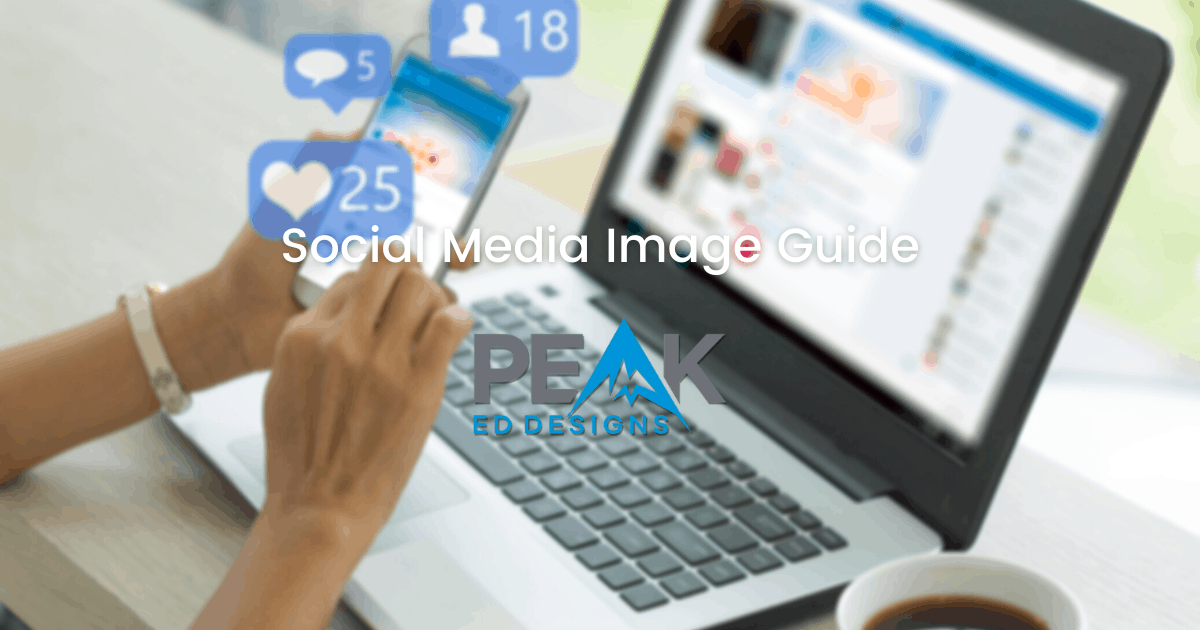Social Media platforms often serve as your opportunity to make a first impression. Presenting quality imagery attests to your professionalism and attracts eyeballs, increasing engagement.
The following guide provides optimal social media image dimensions for the most widely used platforms.
Table of Contents
LinkedIn is where business happens, and presenting yourself in a professional light means stepping up your imagery game on both your personal and company pages.
Tip: Your cover photo will crop differently on mobile and desktop. Make sure you view your profile on both before finalizing.
LinkedIn Personal Page
Profile Image: 400 pixels x 400 pixels
Personal Background Image: 1584 pixels x 396 pixels (Aspect ratio 4:1)
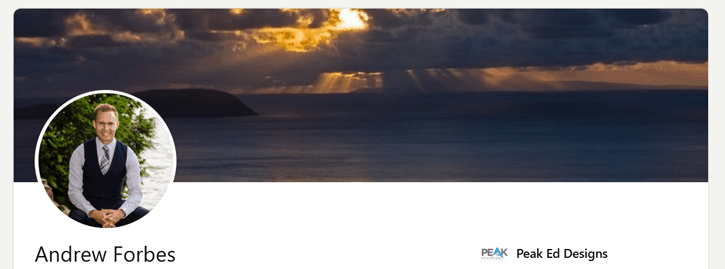
LinkedIn Company/Business Page
Standard Logo: 400 pixels x 400 pixels
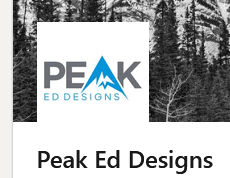
Cover Dimensions: 1128 pixels x 191 pixels

LinkedIn Ads
Company logo size for ads: 100 pixels x 100 pixels
Spotlight ads logo size: 100 pixels x 100 pixels
Spotlight ads custom background image: 300 pixels x 250 pixels
Sponsored content images: 1200 pixels x 627 pixels (1.91:1 aspect ratio)
Sponsored content carousel images: 1080 pixels x 1080 pixels (1:1 aspect ratio)
YouTube
YouTube is well known for both pertinent information and mindless entertainment, but it also provides a valuable opportunity to communicate with potential clients. While your videos will be the star of the show, your still imagery can also speak volumes about your organization.
Tip: Books are often judged by their cover, and so are YouTube channels. Make sure your video channel cover image reflects the style of content viewers can find on your channel.
Channel Cover Picture:
For Desktop: 2560 pixels x 1440 pixels
For Tablets: 1855 pixels x 423 pixels
For Smartphones: 1546 pixels x 423 pixels
For TV: 2560 pixels x 1440 pixels
Tip: YouTube videos are often viewed on each of the above platforms, and there are different sizes for each.

Thumbnail Image for Video Uploads: 1280 pixels x 720 pixels (with minimum width of 640 pixels)
Tip: Your custom thumbnail serves as the preview image in the embedded player. Think of it like a movie poster for your video. Make them as large as possible, within the 2MB file size limit, and save them as JPG, GIF or PNG. If you don’t provide a custom thumbnail, YouTube will choose a frame at random from your video.
Ensure that your video content maintains a 16:9 aspect ratio.
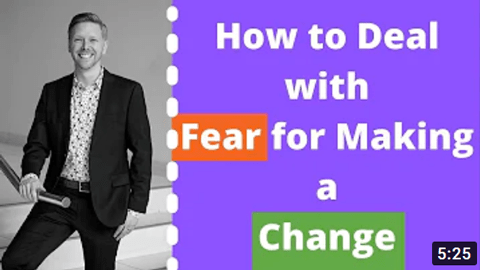
Facebook remains a hugely influential platform. Well curated imagery will make your profile stand out and increase engagement with your posts and ads, so make sure your social media dimensions are correct.
Tip: Facebook frequently updates its design and image dimensions, so future proof your content by using high quality images.
Facebook Personal Page
Profile Picture: 180 pixels x 180 pixels (1:1 aspect ratio)
Cover Photo:
For Desktop: 820 pixels x 310 pixels (16:9 aspect ratio)
For Mobile: 640 pixels x 360 pixels
Tip: Make sure the most important information is in that center area, so it appears correctly on both devices.
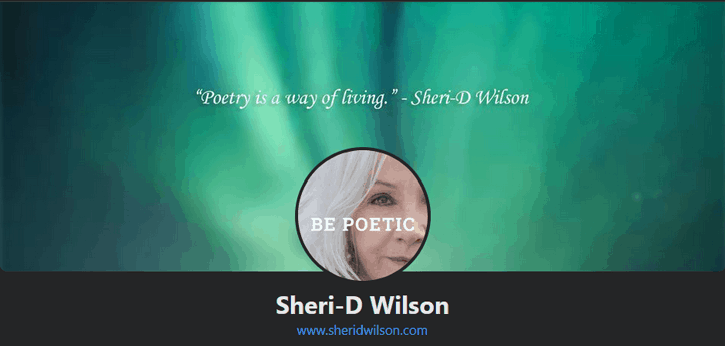
Shared Image: 1200 pixels x 630 pixels
Shared Links with an Image: 1200 pixels x 628 pixels
Event Image: 1920 pixels x 1080 pixels
Sharing Stories: 1080 pixels x 1920 pixels
Facebook Groups
Profile Picture: N/A
Cover Photo: 1640 pixels x 856 pixels (1.91:1 aspect ratio)
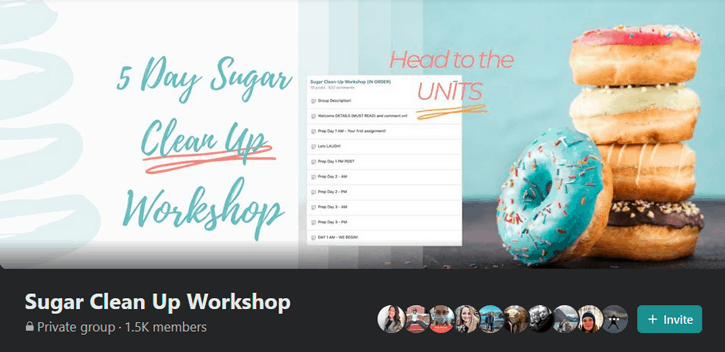
Facebook Business Page
Company Picture/Logo: 180 pixels x 180 pixels
Tip: If the company picture or logo has text, be sure to save the image as a png.
Cover Photo:
For Desktop: 820 pixels x 312 pixels
For Mobile: 640 pixels x 360 pixels
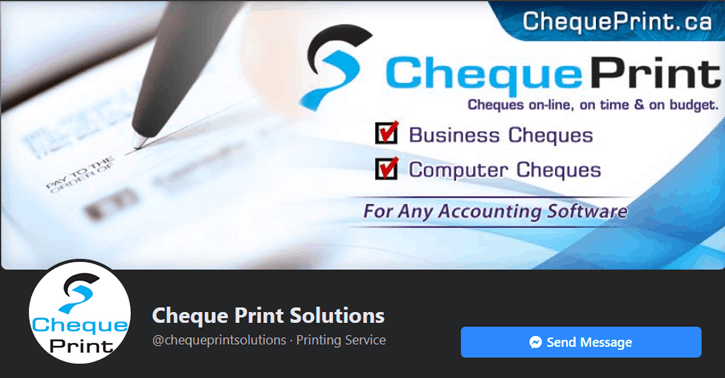
Shared Image: 1200 pixels x 630 pixels
Shared Link with an Image: 1200 pixels x 628 pixels
Highlighted Image: 1200 pixels x 717 pixels
Facebook Ads
Facebook Feed Ads: 1080 pixels x 1080 pixels (Minimum size: 600 pixels x 600 pixels; Ratio: 1.91:1 to 1:1)

Facebook Right Column Ads: 1080 pixels x 1080 pixels (Minimum size: 254 pixels x 133 pixels; Ratio 1:1. (These are a desktop-only ad format.)
Facebook Image Sizes for Instant Articles: 1080 pixels x 1080 pixels (Ratio 1.91:1 to 1:1
Facebook Marketplace Ads: 1080 pixels x 1080 pixels (Ratio 1:1)
Facebook Search: 1080 pixels x 1080 pixels (Minimum size: 600 pixels x 600 pixels; Ratio 1.91:1 to 1:1
Sponsored Messages: 1080 pixels x 1080 pixels (Ratio 1.91:1 to 1:1)
Messenger Inbox Ads: 1080 pixels x 1080 pixels (Ratio 1:1; Minimum size: 254 x 133 pixels)
Messenger Stories Ads: 1080 pixels x 1080 pixels (Ratio 9:16; Minimum width: 500 pixels)
Imagery is the name of the game on Instagram, so it should go without saying that it’s important to look your best.
Tip: Although Instagram’s feed now supports both horizontal and vertical images and videos, sticking consistently with the 1:1 aspect ratio provides a neat and tidy presentation to those who visit your page. As Huey Lewis and the News sang, it’s hip to be square!
Profile Picture: 110 pixels x 110 pixels
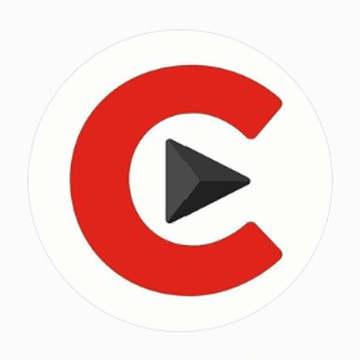
Photo Size: 1080 pixels x 1080 pixels
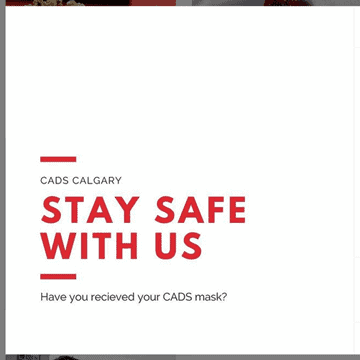
Video to Stories: 750 pixels x 1334 pixels
Videos can be uploaded to your timeline or shared through Instagram stories. The correct size will be determined by where you choose to publish it.
Tip: Instagram does not allow for links within individual posts, so it’s common practice for users to update their profile bio to include their latest link, and use their posts to reference ‘link in bio’.
Photo Thumbnails: 161 pixels x 161 pixels
Twitter is a great place to share a laugh or go looking for an argument. It’s also a fine avenue for sharing info on the go. Utilizing good imagery will boost engagement!
Twitter Feeds
Profile Photos: 400 pixels x 400 pixels (Minimum: 200 pixels x 200 pixels)
Header Photos: 1500 pixels x 500 pixels (3:1 ratio)
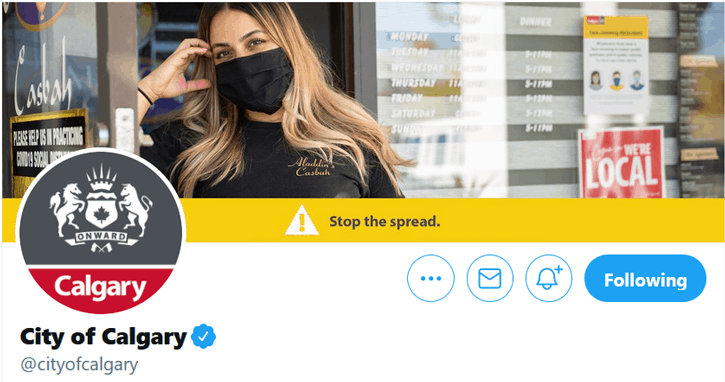
In Stream Photos: 440 pixels x 220 pixels (Ratio: 16:9)
Twitter Ads
Single and Multi-Image Tweets: 600 pixels x 335 pixels (Minimum), but use larger images for the best results.
Website Card Image: 800 pixels x 418 pixels (1.91:1 aspect ratio) OR 800 pixels x 800 pixels (1:1 aspect ratio)
App Card Image: 800 pixels x 800 pixels (1:1 aspect ratio) OR 800 pixels x 418 pixels (1.91:1 aspect ratio)
Carousels: 800 pixels x 800 pixels (1:1 aspect ratio) OR 800 pixels x 418 pixels (1.91:1 aspect ratio) for 2-6 image cards
Direct Message Card: 800 pixels x 418 pixels (1.91:1 aspect ratio)
Conversation Card: 800 pixels x 418 pixels (1.91:1 aspect ratio)
Pinterest is like a virtual bulletin board, and it’s users are on the lookout for things to do, make- and buy! Get in on the action with a polished look.
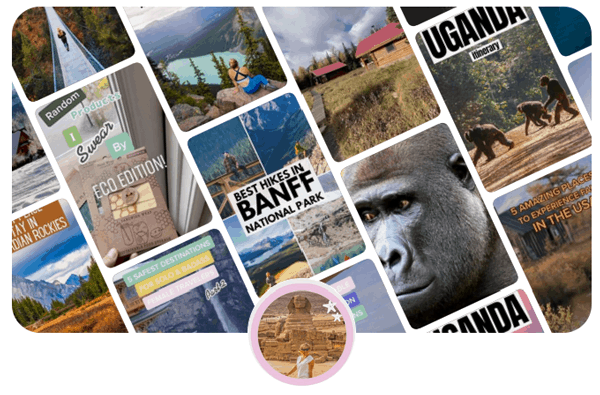
Profile Picture: 165 pixels x 165 pixels
Pin Sizes: Can be displayed as square pins or long pins or in between
Square pins: 1000 pixels x 1000 pixels recommended (1:1 aspect ratio)
Long pins: 1000 pixels x 2100 pixels recommended (1:2.1 aspect ratio)
Optimal pins: 1000 pixels x 1500 pixels recommended (2:3 aspect ratio)
Infographics: Square infographics is possible, but 1000 pixels x 3000 pixels is recommended (or 1:3 aspect ratio)
Wrap Up
Social Media platforms are a powerful tool to reach your audience and using quality imagery will help make a strong first impression and increase engagement.
In this guide, we covered the social media image dimensions for LinkedIn, YouTube, Facebook, Instagram, Twitter, and Pinterest to optimize that opportunity to present professional images.
Next Steps
To start creating attractive graphics and imagery, here are a few tools that we’ve used in the past:
- Canva: Canva has pre-built social media templates to help get you started. The tool provides access to imagery and lettering, and operates on the freemium model.
- Piktochart: Piktochart helps you create your own charts, graphics, and infographics with their library of data visualization templates.
- Stencil: Stencil is an alternative to Canva to create images for your website or social channels quickly with preset sizes.
Alternatively, if you need some additional help with your social media images, feel free to reach out and contact us. We’ll be happy to help.

